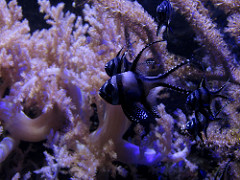Why Fish Fight
 It’s always bad news when fish injure or kill each other in our tanks, or in our customers’ tanks. Understanding what’s going on may help prevent these incidents. The five motives for piscicide are predation, reproduction, territory, dominance and pathology.
It’s always bad news when fish injure or kill each other in our tanks, or in our customers’ tanks. Understanding what’s going on may help prevent these incidents. The five motives for piscicide are predation, reproduction, territory, dominance and pathology.
Predation is feeding behavior, and usually involves a large fish swallowing or biting a much smaller fish. Almost any fish can be a predator if presented with the right size victim. A few fish also feed on parts of other fish, such as eyes, scales or fins. Thankfully, most of these species have never become common in the aquarium trade.
Reproductive violence includes spouse abuse, fry-eating and fry-defending. Mating behavior in fish often includes contests of strength, with jaw-locking and wrestling. In the wild, a fish that’s tiring in such a contest can break off and swim away for a while; in an aquarium there is no “away.” A fish that is weaker may be rejected and driven away by the winner, who will then await a stronger suitor. Again, in a fish tank the rejected fish can’t leave, and the winner will keep trying to drive it out until it is killed. Fry-eating is, oddly enough, an evolutionary survival trait. Laying eggs is a huge expenditure of calories, and a fish in an unsafe or unhealthy environment may retrieve those calories to help it survive to try again when conditions are better. Conversely, a fish defending eggs or fry may become quite fierce, killing or injuring even much larger fish if they don’t back away. In species that don’t normally care for their young, fry-eating is just hunger.
Some fish require a certain space that is “theirs”. Most territorial fish focus their aggression on similar species; a blue gourami might attack a dwarf or kissing gourami but ignore a platy or tetra in its territory. The size of a territory varies by species and terrain. A tank with lots of wood, rock or plants offers more visual barriers and therefore more territories than a mostly bare tank. Crowding can suppress territorialism; at a certain point most fish (except bettas!) decide that defending a territory is hopeless and quit trying. That’s why you see a lot more fighting in a tank with 3 cichlids than in one with 20.
In some species there is a dominant fish in the school, who must assert his/her status by nipping and harassing the rest. In a large school this is harmless. Where there are only 2 or 3, the weakest fish is picked on relentlessly because there aren’t enough others to distract the alpha fish. If these species are kept singly, they often try to herd and control other species with damaging results. Many barbs, danios and some tetras fit this description; to prevent problems keep them in schools of 5 or more.
Understanding the roots of fish aggression can help us figure out steps to reduce it, but we can never be entirely sure. Despite their tiny brains, fish are individuals. Instincts evolved for lakes and rivers may not work as expected in a rectangular glass box. Living creatures are unpredictable; that’s why aquariums are more interesting than fish screen-savers. Whether influenced by a brain tumor, low blood sugar or too many video games, sometimes a fish is just plain mean.

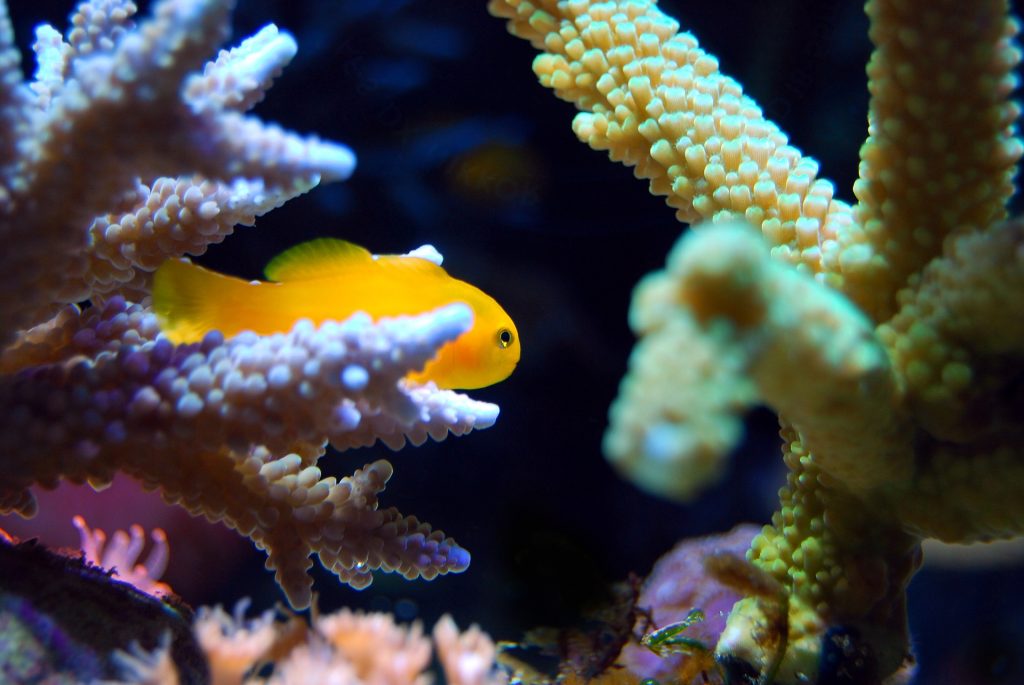
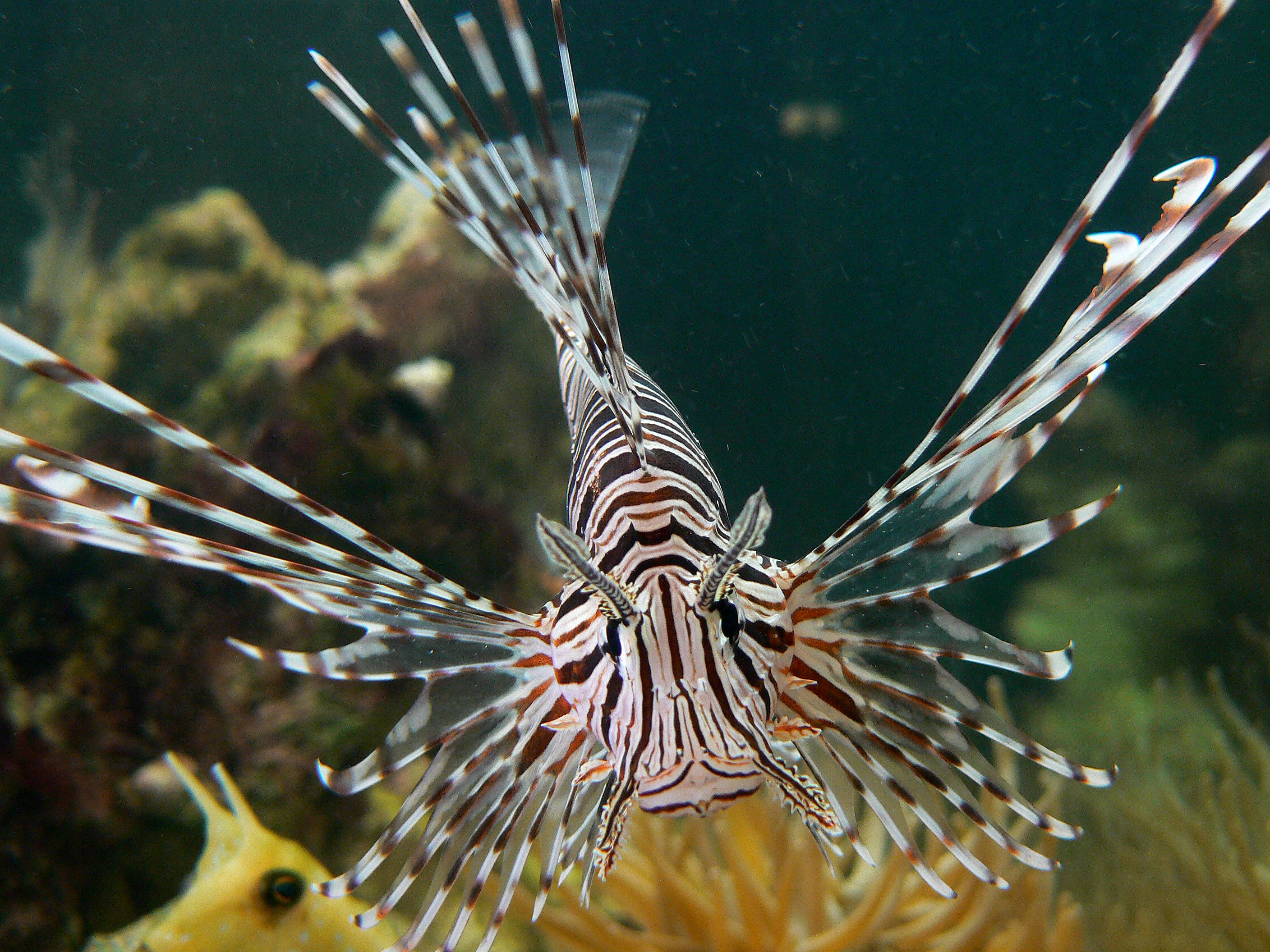 The intestinal lining of all fish is very sensitive and does not tolerate cold food very well. To serve frozen food properly, we suggest you thaw it first before feeding it to your fish. The following is our procedure for feeding frozen food here at Fintastic.
The intestinal lining of all fish is very sensitive and does not tolerate cold food very well. To serve frozen food properly, we suggest you thaw it first before feeding it to your fish. The following is our procedure for feeding frozen food here at Fintastic.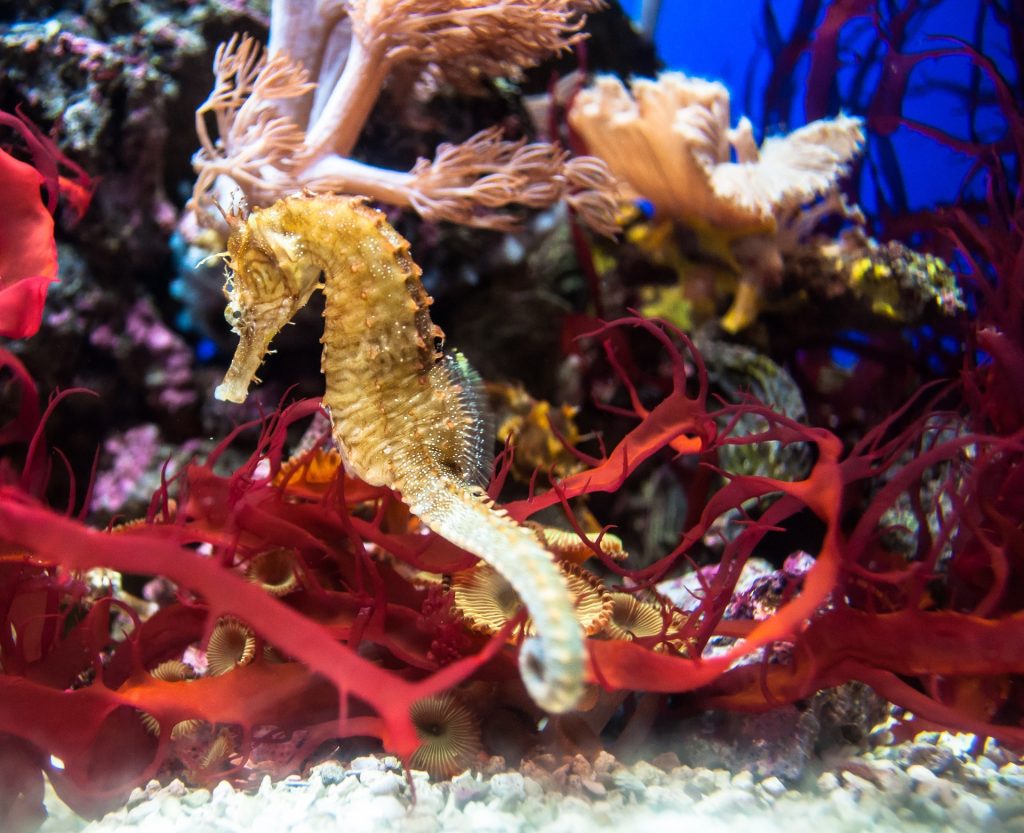
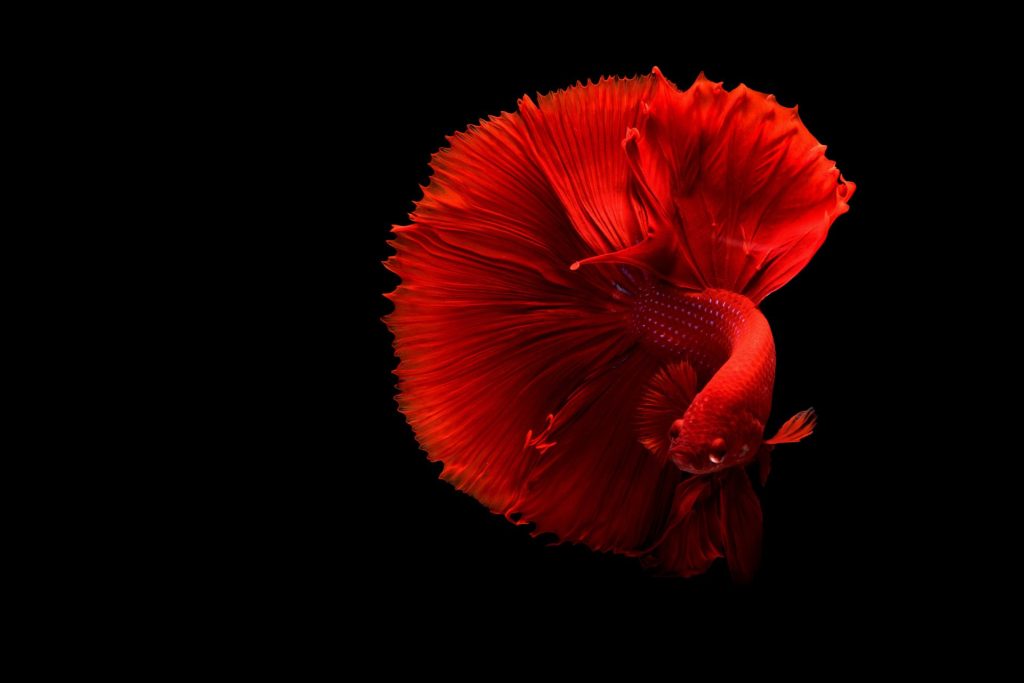
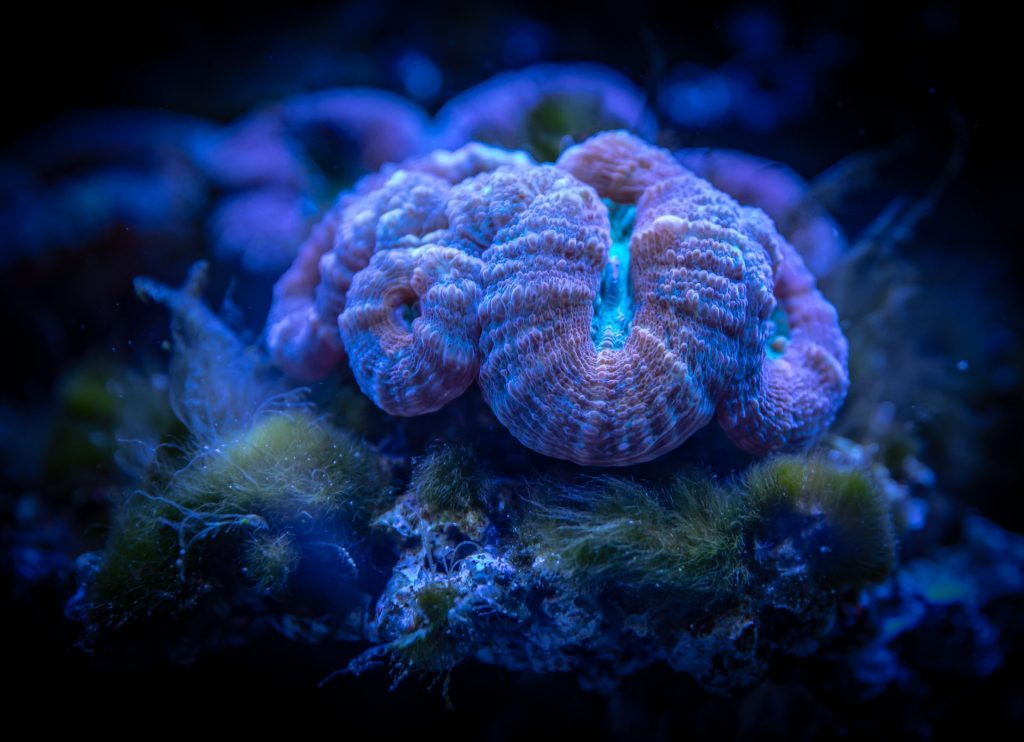 Algae are normal, and often necessary components of any aquatic ecosystem – they are far from being harmful. Algae growth only becomes a problem when it interferes with the aquariums aesthetic appearance or it begins to overtake delicate organisms.
Algae are normal, and often necessary components of any aquatic ecosystem – they are far from being harmful. Algae growth only becomes a problem when it interferes with the aquariums aesthetic appearance or it begins to overtake delicate organisms.
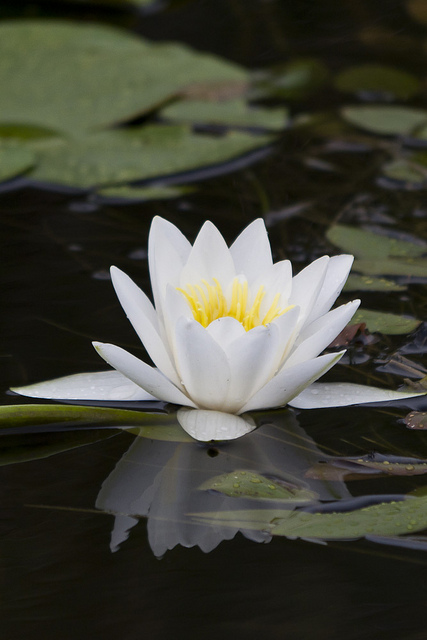 Aquatic plants are a very important step in achieving a truly balanced ecosystem pond. Regardless of why you got into the water gardening hobby, adding aquatic plants to the pond is an important part of the water garden. They provide beauty and naturalization with a huge array of plant choices.
Aquatic plants are a very important step in achieving a truly balanced ecosystem pond. Regardless of why you got into the water gardening hobby, adding aquatic plants to the pond is an important part of the water garden. They provide beauty and naturalization with a huge array of plant choices.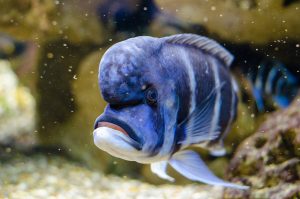 The lure and draw of having fish in one’s home is something that many people enjoy. It is part hobby, part passion and part decoration. This is because larger fish tanks and aquariums truly become a focal point inside of a home almost as soon as they are unveiled. Though many standard tanks are readily available, one may want to look in to custom aquariums so that they truly can have the right tank for their fish, their home and their personal sense of style. This is because such tanks can be designed in various shapes, sizes and even colors. The options are vast when it comes to creating and having crafted a truly unique and stylish aquarium.
The lure and draw of having fish in one’s home is something that many people enjoy. It is part hobby, part passion and part decoration. This is because larger fish tanks and aquariums truly become a focal point inside of a home almost as soon as they are unveiled. Though many standard tanks are readily available, one may want to look in to custom aquariums so that they truly can have the right tank for their fish, their home and their personal sense of style. This is because such tanks can be designed in various shapes, sizes and even colors. The options are vast when it comes to creating and having crafted a truly unique and stylish aquarium.
 Here are some important advice that will make your whole aquarium experience quite simple and successful.
Here are some important advice that will make your whole aquarium experience quite simple and successful.